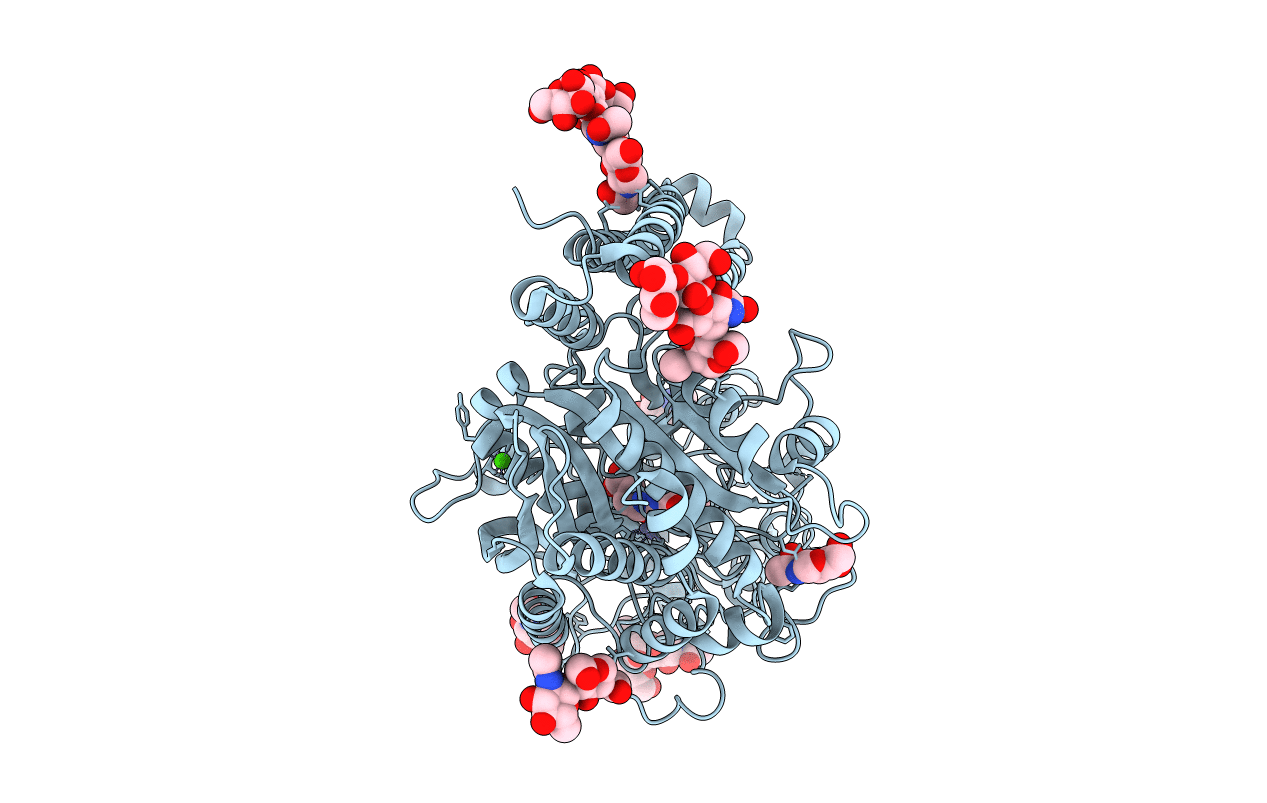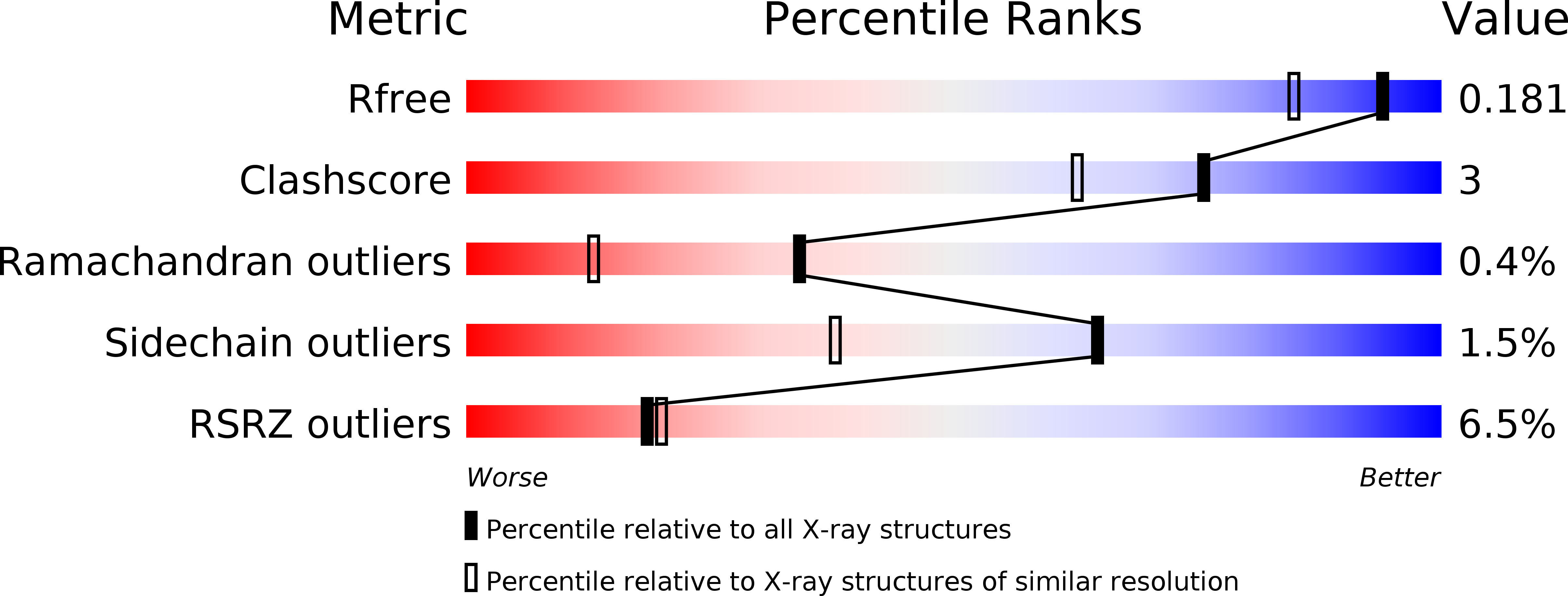
Deposition Date
2017-12-29
Release Date
2019-01-30
Last Version Date
2024-11-13
Entry Detail
PDB ID:
6FE5
Keywords:
Title:
X-ray structure of human glutamate carboxypeptidase II (GCPII) - the E424M inactive mutant, in complex with a inhibitor JHU 2249
Biological Source:
Source Organism:
Homo sapiens (Taxon ID: 9606)
Host Organism:
Method Details:
Experimental Method:
Resolution:
1.52 Å
R-Value Free:
0.17
R-Value Work:
0.15
R-Value Observed:
0.15
Space Group:
I 2 2 2


